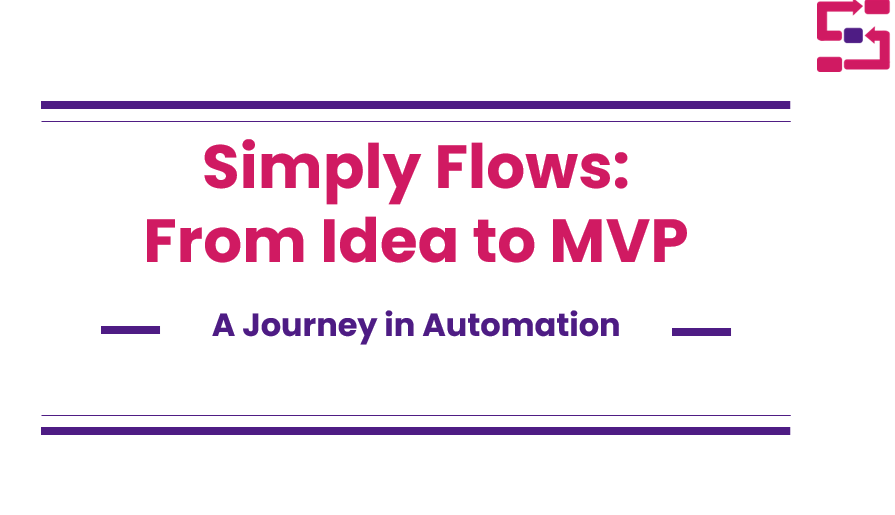Hyperautomation among top 10 strategic technology trends
Gartner identified Hyperautomation as one of the top 10 strategic technology trends for two consecutive years – 2020 and 2021. According to them, hyperautomation is an extension of Robotic Process Automation (RPA) or an evolution, rather, adding Artificial Intelligence (AI) capabilities on top of the existing task and process automation.
What is Hyperautomation?
In short, it is when RPA met AI. Fun fact, some think ‘AI’ should stand for Automated, not Artificial Intelligence.

It is a relatively new concept, comprising the application of technologies like RPA, Natural Language Processing (NLP), Process Mining, and AI to augment knowledge workers and automate processes in ways that are significantly more impactful than traditional automation. Therefore, Hyperautomation will be how next-generation companies streamline business processes and save valuable resources like time and energy.
The role of AI
More and more organizations employ automation. It already provides consistent and significant savings. Also, automation is responsible for eliminating human errors, thus improving data quality and integrity. And last but not least, it positively effects employees’ job satisfaction and motivation.
Organizations’ next step in their digital transformation journey will be to holistically assess, optimize, and streamline their processes. Then they can augment the simple process automation with Machine Learning, NLP, and Process Mining. AI brings in more sophisticated capabilities to enhance the existing task automation, like discovery and analysis of business processes based on event logs, visualizing and measuring of impact, monitoring of performance, and providing real-time intelligence along the way.
Augmenting humans with automation is here to stay. It is clear that organizations need to focus on efficiency and agility to obtain or retain their competitive edge.
To summarize, I’ll quote Gartner’s research: “Hyperautomation is the idea that anything that can be automated in an organization should be automated.”
Visit Gartner’s website to see all trends for 2020 & 2021.


